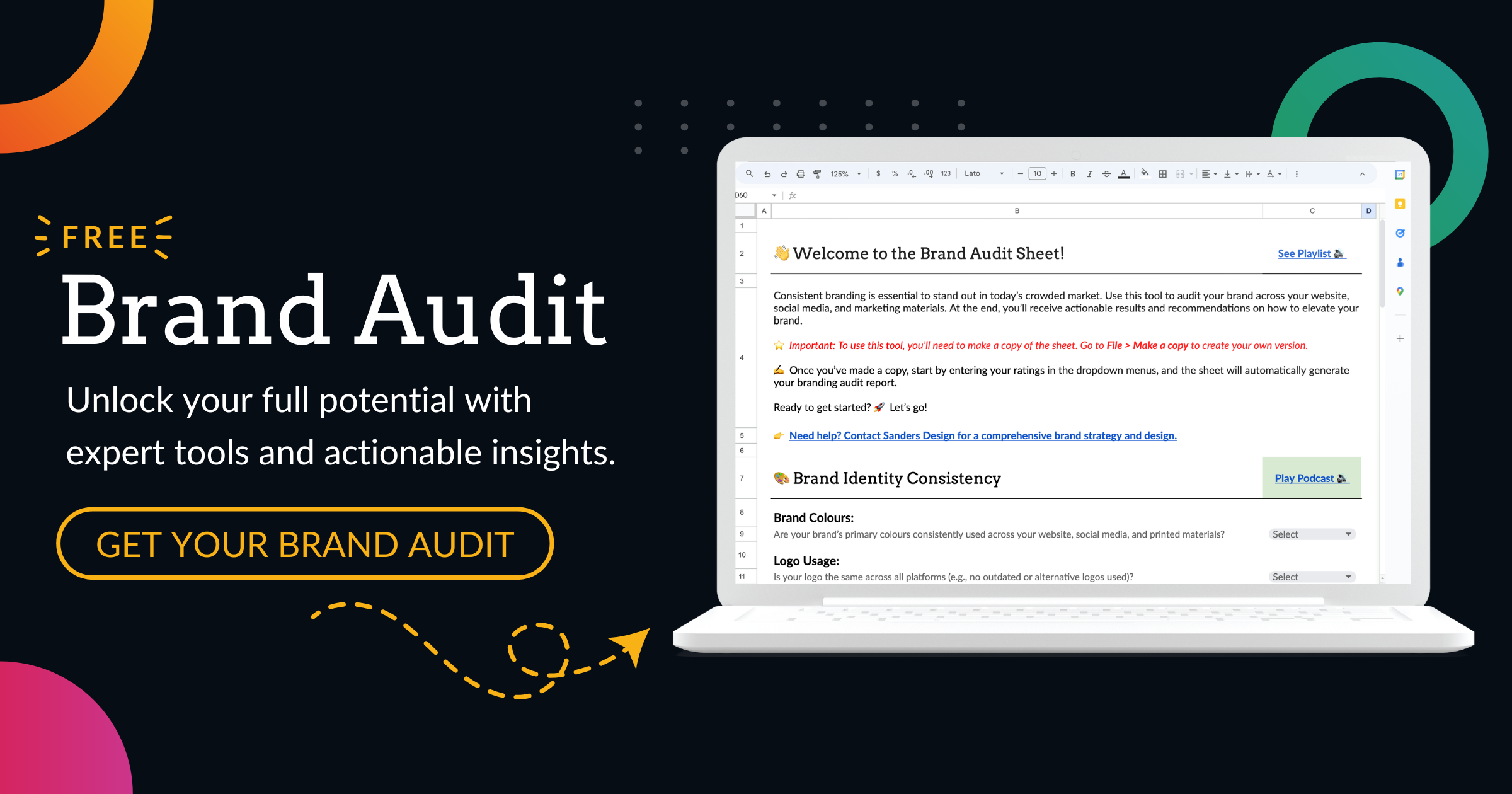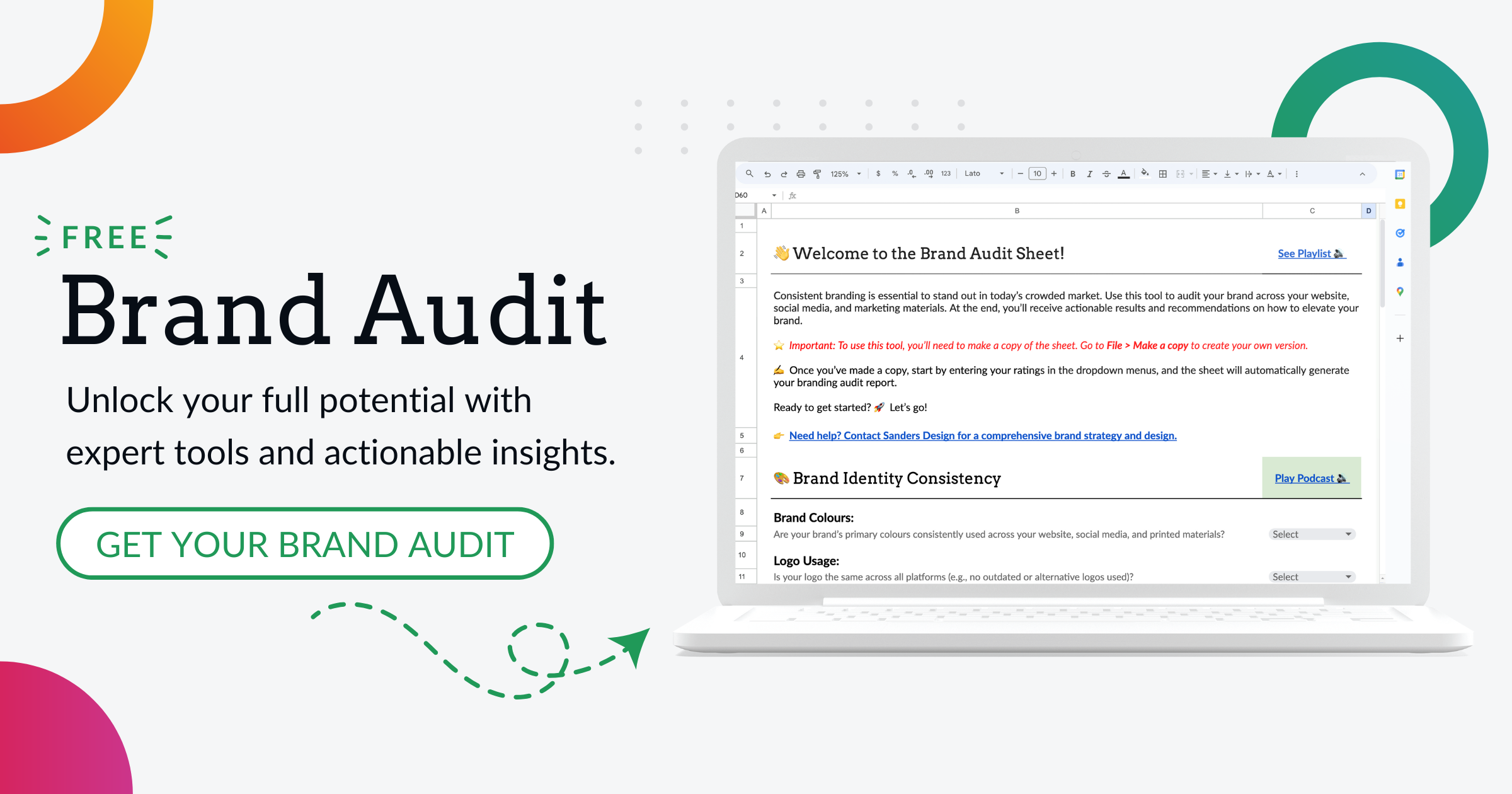Troubleshooting WordPress: How to Fix the Issue of Unable to Install Plugins

Enhance your WordPress website with essential plugins to boost functionality and performance.
They allow users to add features and customise their websites without the need for coding knowledge. However, sometimes users encounter issues during the installation process that prevent them from successfully installing plugins.
Common issues during plugin installation include error messages, failed installations, and compatibility problems. These issues can be frustrating for users, especially if they are not familiar with troubleshooting techniques. In this article, we will explore the causes of these installation issues and provide step-by-step solutions to help users resolve them.
Causes of Unable to Install Plugins in WordPress
1. Insufficient server resources: One common cause of plugin installation issues is insufficient server resources. If your server does not have enough memory or processing power, it may not be able to handle the installation process. This can result in failed installations or slow performance.
2. Incompatible plugin versions: Another cause of installation issues is incompatible plugin versions. If you are trying to install a plugin that is not compatible with your current version of WordPress or other installed plugins, it may cause conflicts and prevent the installation from completing successfully.
3. Incorrect file permissions: File permissions determine who can access and modify files on your server. If the file permissions are set incorrectly, it can prevent WordPress from being able to install plugins. This is a common issue for users who have recently migrated their websites or made changes to their server settings.
4. Outdated WordPress or PHP versions: Using outdated versions of WordPress or PHP can also cause plugin installation issues. Developers regularly release updates to fix bugs and improve security, so it is important to keep your WordPress and PHP versions up to date.
How to Troubleshoot WordPress Plugin Installation Issues
1. Step-by-step guide on how to identify and resolve plugin installation issues:
- Check your server requirements: Ensure that your server meets the minimum requirements for installing WordPress plugins. This includes having sufficient memory and processing power.
- Check your WordPress version: Make sure you are using the latest version of WordPress. If not, update it before attempting to install plugins.
- Check your PHP version: Verify that your PHP version meets the requirements for the plugins you want to install. If necessary, update your PHP version.
- Check your file permissions: Ensure that the file permissions are set correctly. The recommended permissions for WordPress files are 644 for files and 755 for directories.
- Check plugin compatibility: Before installing a plugin, check its compatibility with your current version of WordPress and other installed plugins. If there are compatibility issues, consider finding an alternative plugin.
2. Tips on how to avoid common mistakes during the troubleshooting process:
- Always make a backup of your website before making any changes or updates.
- Follow the troubleshooting steps in order and test after each step to identify the cause of the issue.
- Keep track of any changes you make during the troubleshooting process, so you can easily revert them if needed.
- If you are unsure about any step or encounter difficulties, seek help from a professional or consult the WordPress support forums.
Check Your Server Requirements
Before installing any WordPress plugin, it is important to ensure that your server meets the minimum requirements. These requirements include having sufficient memory, processing power, and disk space. If your server does not meet these requirements, it may not be able to handle the installation process, resulting in failed installations or slow performance.
To check your server requirements, you can contact your hosting provider or refer to their documentation. They should be able to provide you with information about the server resources available to you. Additionally, you can use online tools or plugins that analyse your server’s performance and provide recommendations for optimisation.
If you find that your server does not meet the minimum requirements, you may need to consider upgrading your hosting plan or switching to a different hosting provider that offers more resources. It is important to have a reliable and robust hosting environment to ensure smooth plugin installations and overall website performance.
Check Your WordPress Version
Using the latest version of WordPress is crucial for the security and functionality of your website. Developers regularly release updates that fix bugs, improve performance, and address security vulnerabilities. By keeping your WordPress version up to date, you ensure that you have access to the latest features and enhancements.
To check your WordPress version, log in to your WordPress dashboard and go to the “Updates” section. Here, you will see if there are any available updates for WordPress. If there are updates available, click on the “Update Now” button to install them.
If you are using an outdated version of WordPress, it may cause compatibility issues with certain plugins. Developers often update their plugins to work with the latest version of WordPress, so using an outdated version may prevent you from installing or using certain plugins.
Updating your WordPress version is a simple process that can be done with just a few clicks. However, it is always recommended to make a backup of your website before performing any updates, as there is a small chance that something could go wrong during the update process.
Check Your PHP Version
PHP is a programming language that powers WordPress and many of its plugins. Like WordPress, PHP also receives regular updates to improve performance, fix bugs, and address security vulnerabilities. It is important to use a PHP version that is compatible with the plugins you want to install.
To check your PHP version, you can use a plugin like “Display PHP Version” or “Server IP & Memory Usage Display”. These plugins will display your PHP version in the WordPress dashboard. Alternatively, you can contact your hosting provider or refer to their documentation for information about your PHP version.
If you are using an outdated PHP version, it may cause compatibility issues with certain plugins. Developers often update their plugins to work with the latest PHP versions, so using an outdated version may prevent you from installing or using certain plugins.
Updating your PHP version can be done through your hosting provider’s control panel or by contacting their support team. It is important to note that updating PHP may require making changes to your server settings, so it is recommended to seek help from a professional if you are not familiar with the process.
Check Your File Permissions
File permissions determine who can access and modify files on your server. Incorrect file permissions can prevent WordPress from being able to install plugins or make changes to your website. It is important to ensure that the file permissions are set correctly for smooth plugin installations.
The recommended file permissions for WordPress files are 644 for files and 755 for directories. This means that files should have read and write permissions for the owner, and read permissions for everyone else. Directories should have read, write, and execute permissions for the owner, and read and execute permissions for everyone else.
To check your file permissions, you can use an FTP client like FileZilla or access your server through the hosting provider’s control panel. Navigate to the root directory of your WordPress installation and check the file permissions of the wp-content folder and its subfolders.
If the file permissions are set incorrectly, you can modify them using the FTP client or the control panel. Right-click on the folder or file, select “File Permissions” or “Change Permissions”, and enter the correct numeric value for the desired permissions.
It is important to note that changing file permissions can have security implications, so it is recommended to consult with a professional or refer to WordPress documentation for guidance on setting file permissions.
Check Your Plugin Compatibility
Before installing any WordPress plugin, it is important to check its compatibility with your current version of WordPress and other installed plugins. Using incompatible plugins can cause conflicts and prevent them from working properly.
To check plugin compatibility, you can visit the plugin’s page on the WordPress Plugin Directory or the developer’s website. Look for information about the plugin’s compatibility with different versions of WordPress and other plugins. Developers often provide this information in the plugin’s description or documentation.
If a plugin is not compatible with your current setup, consider finding an alternative plugin that offers similar functionality. The WordPress Plugin Directory has a wide range of plugins to choose from, so you are likely to find a suitable alternative.
It is also important to note that using too many plugins can slow down your website and increase the risk of conflicts. It is recommended to only install plugins that are necessary for your website’s functionality and regularly review and deactivate any unused plugins.
Fixing Common WordPress Plugin Installation Errors
During the plugin installation process, you may encounter various error messages or issues that prevent the installation from completing successfully. Here are some common errors and their solutions:
1. “Destination folder already exists”: This error occurs when a folder with the same name as the plugin already exists in the wp-content/plugins directory. To fix this, you can either delete the existing folder or choose a different name for the plugin during installation.
2. “The uploaded file exceeds the upload_max_filesize directive in php.ini”: This error occurs when the size of the plugin file exceeds the maximum file upload size set in your PHP configuration. To fix this, you can increase the maximum file upload size by modifying the php.ini file or contacting your hosting provider for assistance.
3. “The package could not be installed. No valid plugins were found”: This error occurs when you try to install a plugin that does not contain a valid plugin file. To fix this, make sure you are installing the correct file and that it is not corrupted.
4. “Plugin installation failed”: This generic error message can have various causes, including insufficient server resources, incompatible plugin versions, or incorrect file permissions. To troubleshoot this error, follow the step-by-step guide provided earlier in this article.
Tips to Avoid WordPress Plugin Installation Issues
In conclusion, encountering issues during WordPress plugin installation is not uncommon, but with the right troubleshooting techniques, they can be resolved. Here are some tips to avoid plugin installation issues in the future:
- Keep your server resources up to date and ensure they meet the minimum requirements for installing WordPress plugins.
- Regularly update your WordPress version to access the latest features and improvements.
- Check your PHP version and update it if necessary to ensure compatibility with plugins.
- Set file permissions correctly to allow WordPress to install plugins and make changes to your website.
- Always check plugin compatibility before installation and consider finding alternative plugins if necessary.
- Follow best practices for plugin management, such as regularly reviewing and deactivating unused plugins.
If you encounter persistent issues or are unsure about the troubleshooting process, it is recommended to seek help from a professional or consult the WordPress support forums. With proper maintenance and attention to detail, you can avoid most plugin installation issues and ensure a smooth experience with your WordPress website.


Author: Martin Sanders
I empower businesses to connect with their customers and boost sales. Ready to take your revenue to new heights? Get in touch with me today, and let’s make it happen!


